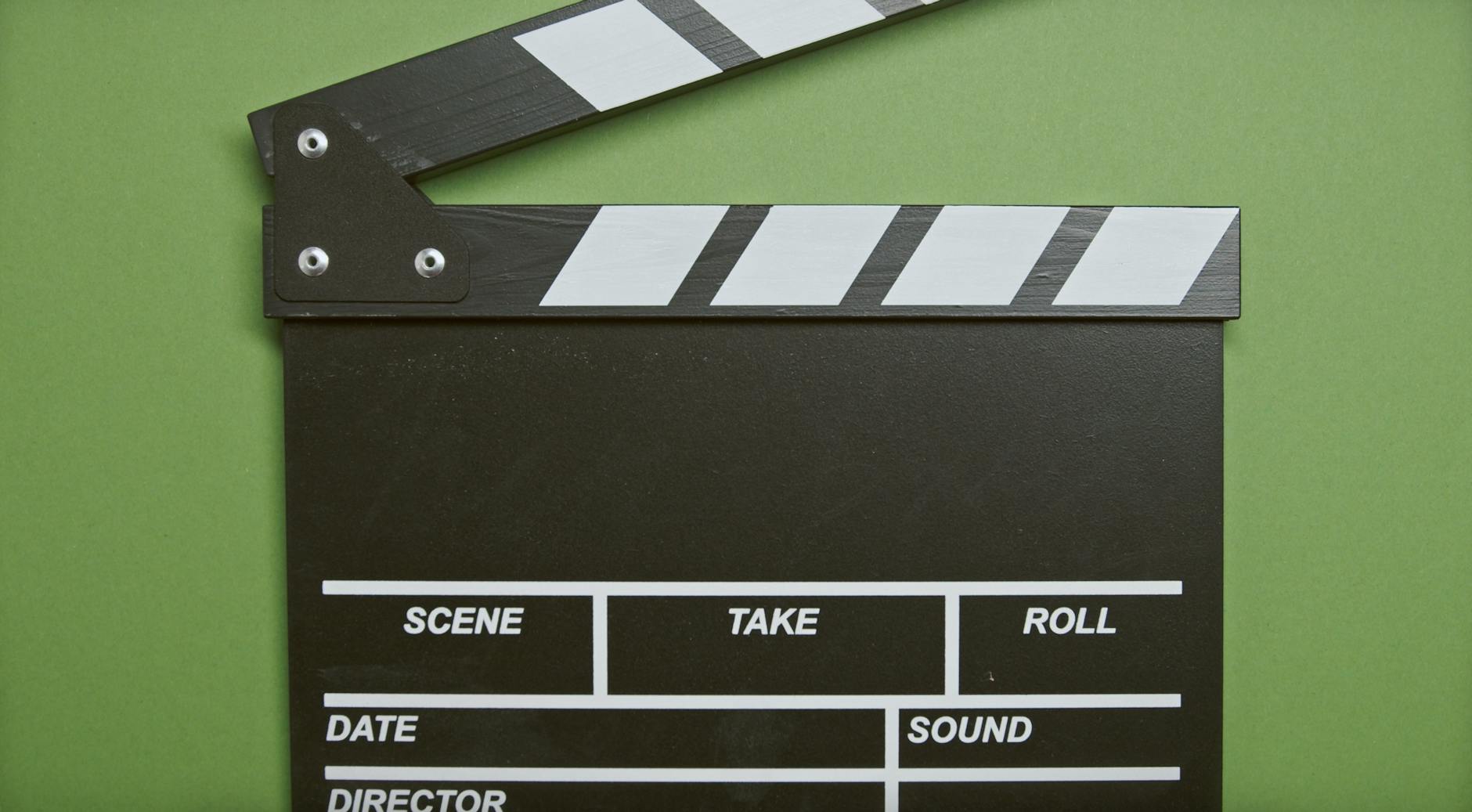Well assuming you have a nice flat screen, how do you make sure the colors are correct. Most folks run their systems really bright and blue and a correctly calibrated system is going to a first look flat and then you will see the details.
In the old days, you did color calibration with a DVD that you put in and then manually adjusted your television. These days things are easier and if you want to do free HD calibration (technically called Rec. 709), you just download some images and display them. Thank you AVS Forum for this!
Of course, this only works for your source which is normally a laptop these days, but if you have a device that can display a browser window, then you can adjust that source.
As an aside if you are using a real computer, then you can use DisplayCal and a real hardware calibrator and get much closer.
Rtings has a simple calibration you can do with the simple controls on most flat screens.
But these days most major manufacturers actually ship prebuilt with a color scheme that is accurate. Sometimes called ISF calibrated. There is a good chart here depending on your television, so go to the picture mode and set:
- Sony: Custom
- Samsung: Movie
- LG: Expert (Dark Room)
- Visio: Calibrated Dark
- Hisense: Theather Night
- TCL: Movie
There there is setting the Backlight (usually called brightness). This is a little misnomer, but normally you want it pretty low so that you can get deep blacks. That’s why most theater rooms have curtains and are dark.
Then there is the contrast setting which sets how big the difference dark is from white. Most modern TVs won’t “crush” the whites, so set as high as you can. In movie mode, this is normally about right.
Sharpness is how detailed the edges are and is normally too high, so you can turn it down a bit based on the image patterns
Finally color is what is too blue or red and this is normally pretty close in Movie mode. Finally there is color temperature, normally warm is actually correct.
Backlight (aka Bias Lighting)
Well it is as simple as moving to Movie mode, the next thing to do is to get the proper backlight. This is adding some 6500K a properly calibrated light behind the screen so that you get what looks like better blacks.
Most folks use LED backlighting to make their games look great, but it also reduces the contrast. In fact, you shouldn’t really watch a movie in a completely dark room.
The basic LED lights are really cheap. So this Pangton Villa is just $10, but these are not putting out the really correct color which is a white light called 6500K
If you want something really accurate, then Techhive recommends certified LEDs from Bias Lighting. The technical term for this is CRI (color rendering index) which is how accurate the light is.
The only complexity is how much you need. If it is mounted on a wall, you need three sides or maybe four. For instance if you have a 55” inch screen and what it on three sides, you need 2 meters on a stand as the light can be nearer the center.
Then with say a 77” wall mounted you need more since you have to mount on the periphery.





